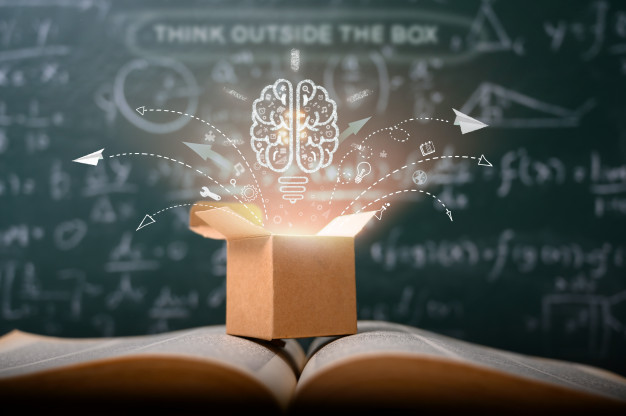David Kolb’s experiential learning is very different from other learning approaches because it focuses more on a learner’s mental processes and subjective experience during the learning process (Cherry, 2020). Kolb believes that experiential learning is very similar to our natural ways of learning (Sprouts, 2015).
According to the video by Sprouts (2015), it is one of the most powerful approaches to learning because we are constantly reflecting on what we do. We are able to learn because our brain is trying to make sense of our experience and the environment unconsciously and helping us to rectify our actions. So the approach allows us to first experience something new and then figure out what could have been improved in the process. In the end, we master a skill through learning, making mistakes, and correcting ourselves.
This approach aligns with my chosen topic on cryptocurrencies because learners will best distinguish different kinds of cryptocurrencies with trial and error. In one of my learning activities, I ask the learners to engage in a cryptocurrency trading simulation exercise. It is a way of immersing the students in an environment in which they will grasp the experience and transform it into useful insights (Cherry, 2020). There is no real guideline as to how to get the most profits from the trading simulation. The learners are required to experience the simulation, actively experiment with different approaches (buying, selling, longing, shorting), before forming reflective observations of how they can improve (Cherry, 2020). Through this process, the learners will have a better understanding of different types of cryptocurrencies, their characteristics, and how to apply them in a real-world situation.
Cryptocurrency is a new topic. As in introductory course to cryptocurrency, many of the intended audience of the course are people with no prior knowledge of the subject, or are misled by misinformation about the topic. Therefore, it is crucial that I place the learners in a more experiential environment that is also quite safe with allowance for mistakes. Repetition is also key to experiential learning (Sprouts, 2015), which is why it is important that the simulation lasts throughout the course. This way, learners learn about the different types of cryptocurrencies through engaging repeatedly with this exercise. They will learn to observe patterns in prices and respond accordingly.
In Jiayu’s blog post, she brings up a very interesting point about experiential learning. She draws an analogy between experiential learning and Pavlov’s famous experiment on ‘classical conditioning’ (Todes, 2000). Her topic is about affordable housing and its benefits. She is right in including that this approach may not be the best approach for her topic because learners may not have the opportunity to learn from mistakes. It would be unrealistic to engage learners in a situation whereby they can experience affordable housing themselves.
I believe from Jiayu’s example and mine, we can see that experiential learning is a good approach for the mastery of skills, rather than the understanding of concepts. Skills, such as playing a musical instrument, can be best acquired through experiential learning. Therefore, it is important for educators to first identify the learning outcomes before finding the best approaches.
References
Cherry, K. (2020, May 15). The experiential learning theory of David Kolb. Very Well Mind. https://www.verywellmind.com/experiential-learning-2795154#citation-1
Sprouts. (2015, October 12). Experiential learning: How we all learn naturally [Video]. YouTube. https://www.youtube.com/watch?app=desktop&v=aF63HHVbpQ8&ab_channel=Sprouts
Todes, D. P. (2000). Ivan Pavlov: Exploring the animal machine. Oxford University Press, Incorporated.

